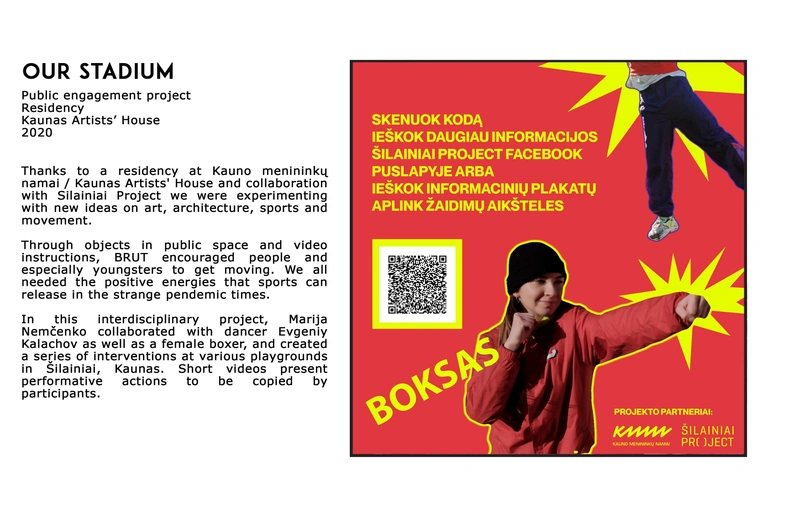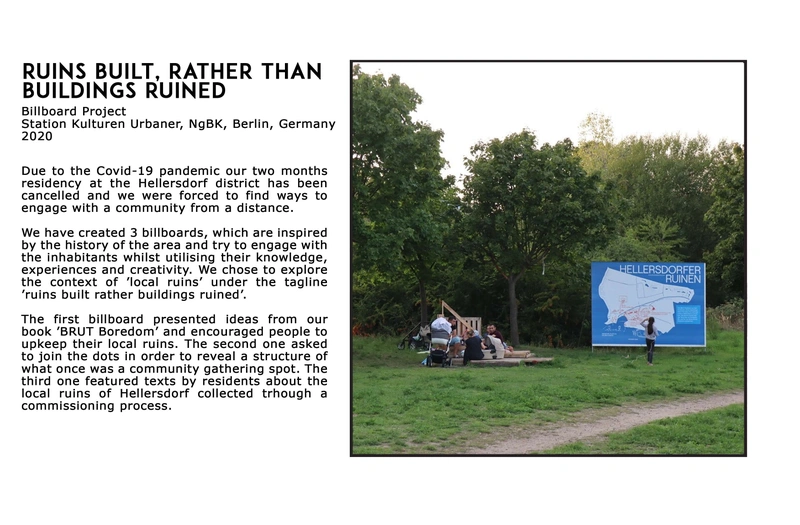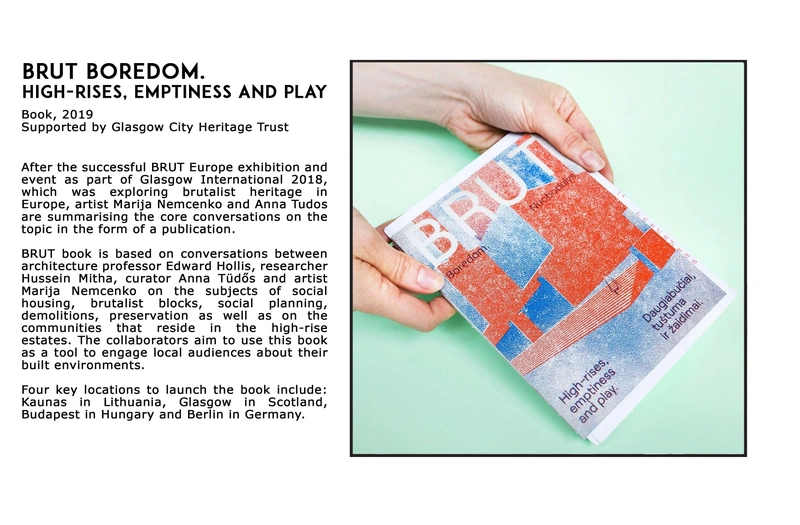Based on in-depth research, the summer school combined the disciplines and methodologies of art, architecture, and sport, focusing on young people's experiences in peripheral areas of Glasgow. The core objective of the project was to re-address the importance of public space and movement for young people’s wellbeing, particularly in the wake of COVID-19.
The project’s idea was born in response to BRUT's perception of deterioration in public space both in Scotland and elsewhere in Europe. We believe that many current playgrounds don’t offer an opportunity for children and young people to creatively engage with each other and/or the public space, and leaves them with limited options for play, therefore the wellbeing of their physical, creative and cognitive skills.
For the 2-week-long event, we worked with Glaswegian youth play clubs LINKES and Baltic Street Adventure Playground to engage local young people who have a shared sense of high-rise neighborhood dynamics. They took part in sports exercises, discussed the idea of a ‘democratic stadium’ in their backyard, and occupied a yard space with their own creations - DIY play objects, sports tools and a self-made game randomiser spinning wheel. The main outcome of the project is a final video artwork including curated footage of the summer school programme and text informed by our research.
We chose to work with young people in order to encourage the building of confidence, autonomy and engagement with their neighbourhoods. The project intends to restore and re-create personal relationships with public space and establish a mind-body balance. We aim to empower the next generation to take the lead, voice their concerns, as well as organise collective initiatives in the urban areas they inhabit.
Combining theories on public space and movement (mainly in sports and play) with artistic and architectural methodology is something unique. We believe that informing people of a project that aims to work across these disciplines in an urban setting is the first step towards driving change. We envision this project as a model that bridges the knowledge and experiences of people from different backgrounds, genders and ethnicities and challenges stigma about sports in public space or urban areas. By focusing on inclusive and positive aspects of movement, we break down the idea of prefabricated high-rise neighborhoods as being restraining and monotonous.
The summer NON school project is our contribution to challenging the way public space is currently used. Through the project, we encourage young people to take charge of what they can do in their urban space, but also solidify a model that can be implemented in various areas whether as playgrounds, programs, or as a tool kit for other organisations working with children.
The programme strives to encourage children and young people to both use structures that are around them in unconventional ways that allow for creative thinking and physical activities and encourage them to self-organise and take charge of their public space.
Our mode of working, and the programme could be regularly implemented internationally. By presenting and potentially repeating this programme, which involves not only a diverse set of activities but also communal building, goal-reaching and decision making, we call for taking action for quality public spaces.
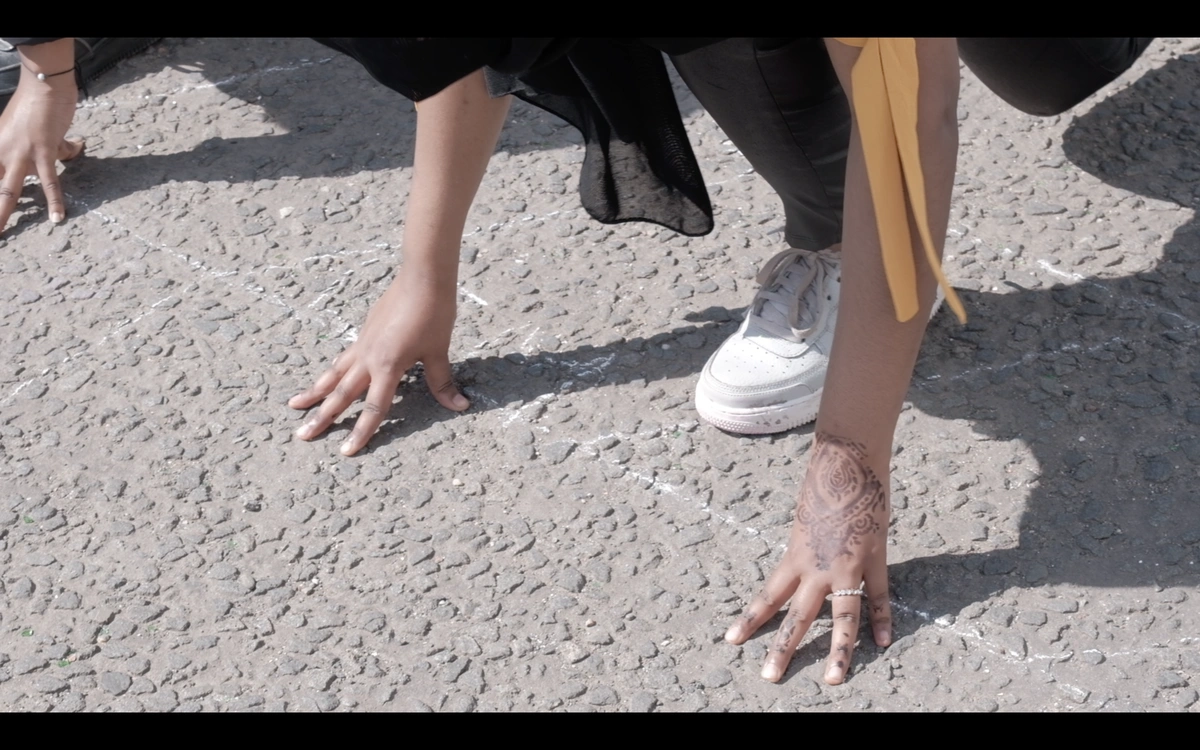
The summer NON school encourages inclusive participation in neighbourhood communities and active formation of public spaces. Wit the help of a sport coach, participants tried different kinds of street exercises, which can be repeated with DIY solutions.
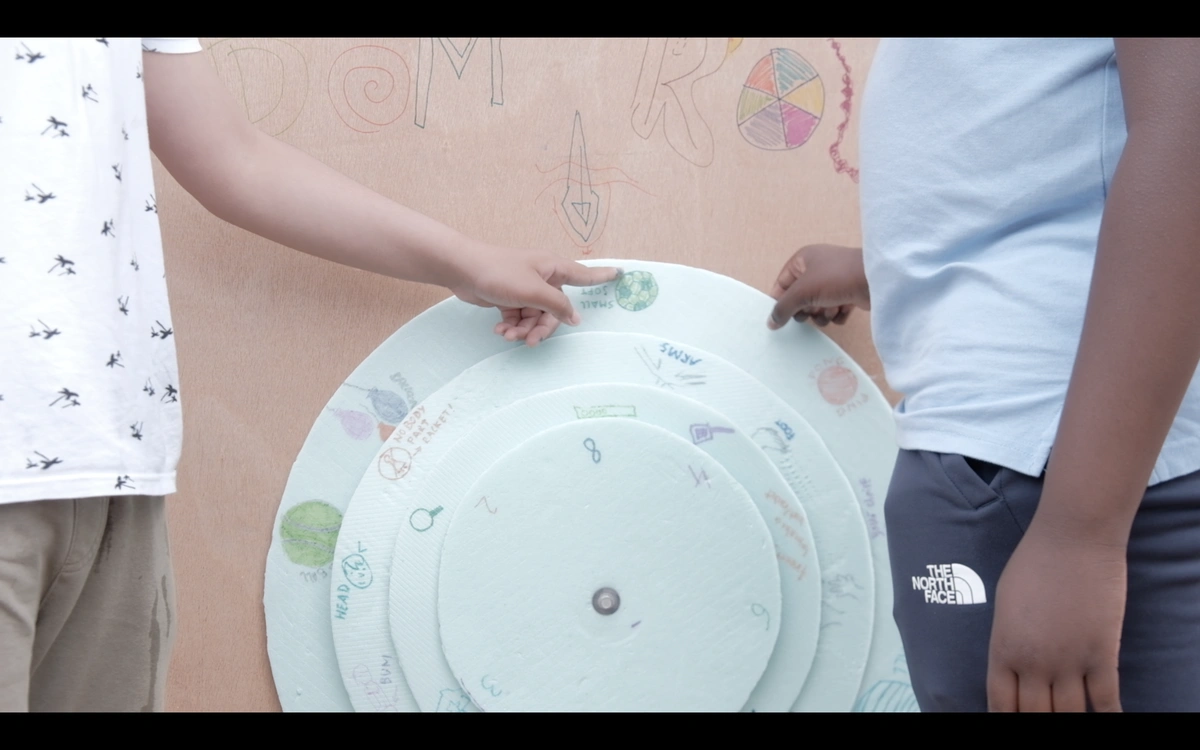
As part of the main goal -setting up their own stadium or playground space- they created the 'Random Wheel' - a game randomiser tool, which promotes a creative use of the space and the given tools. What kind of racket should you use? What kind of ball? How many people should there be on a team?
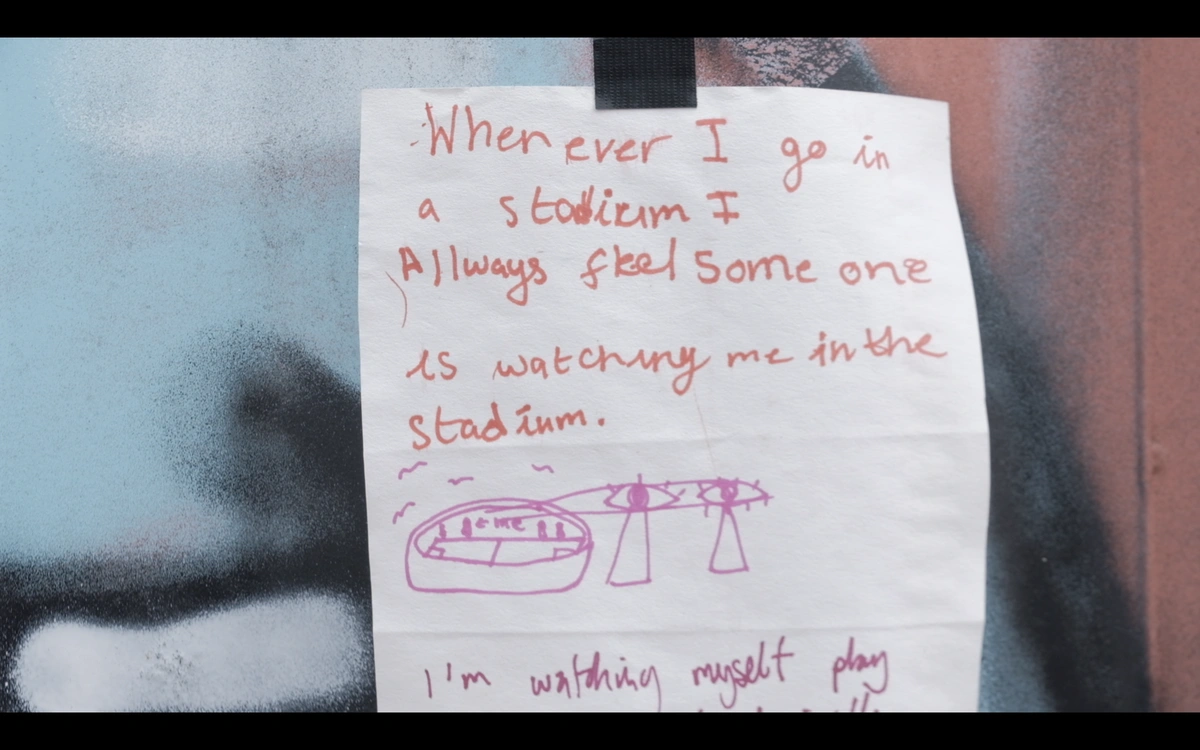
Activities included discussions about their relationship to their own neighbourhood's sport facilities and how they use public space to move their bodies - this can include dancing, sitting around on benches or going to see a game. Other exercises were aimed at building mapping skills.
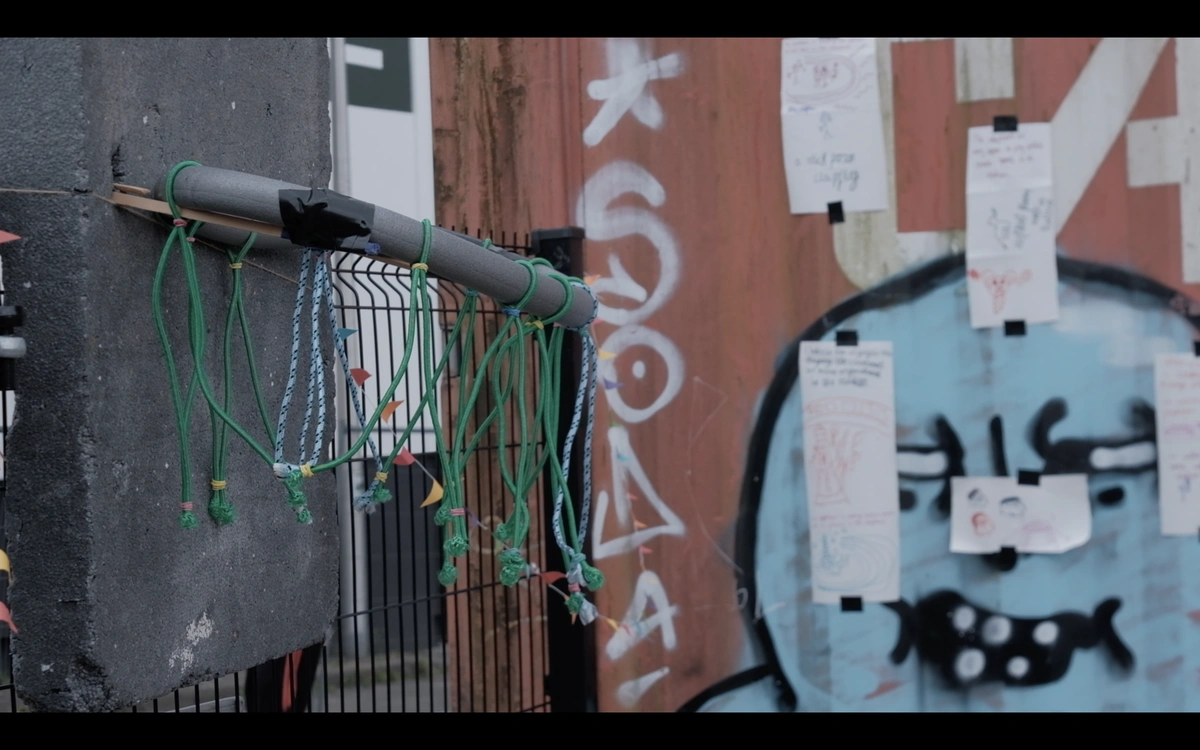
One of the objects to be built, initiated by the participants was a basketball hoop, which they made using simple materials.
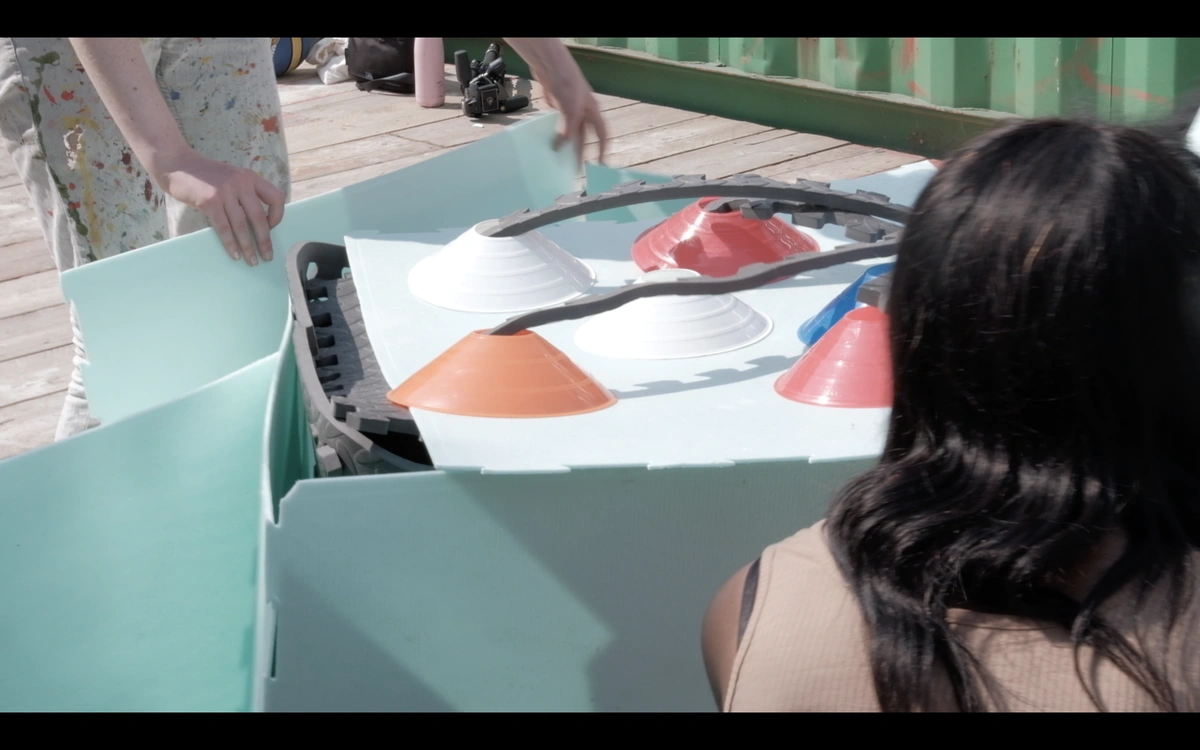
Building, destroying; permanent or ephemeral - they came up with various structures that can be used for gamifying their environments, building connections with others, or creating a more vibrant neighborhood.
At BRUT Collective, through our multidisciplinary practice encompassing art, pedagogy, and architecture, we work towards portraying a hopeful image of the high-rises, the strong communities within, and the necessity for public space and services. We strongly advocate for affordable housing and refurbishments of existing modernist architectural legacies for both social, ethical, and environmental reasons. With this in mind, instead of striving for the new and the better, we urge people to build esteem in their unique heritage of modernist high-rise living, their communities, and themselves.
BRUT Collective consists of a Lithuanian artist Marija Nemčenko and Hungarian curator Anna Tudos, who have been working together since 2018 when they organized their first event BRUT Europe. So far they have toured many European cities curating public engagement events, launched their book, organised exhibitions, workshops, walks and a summer school, all in relation to high-rise living.
